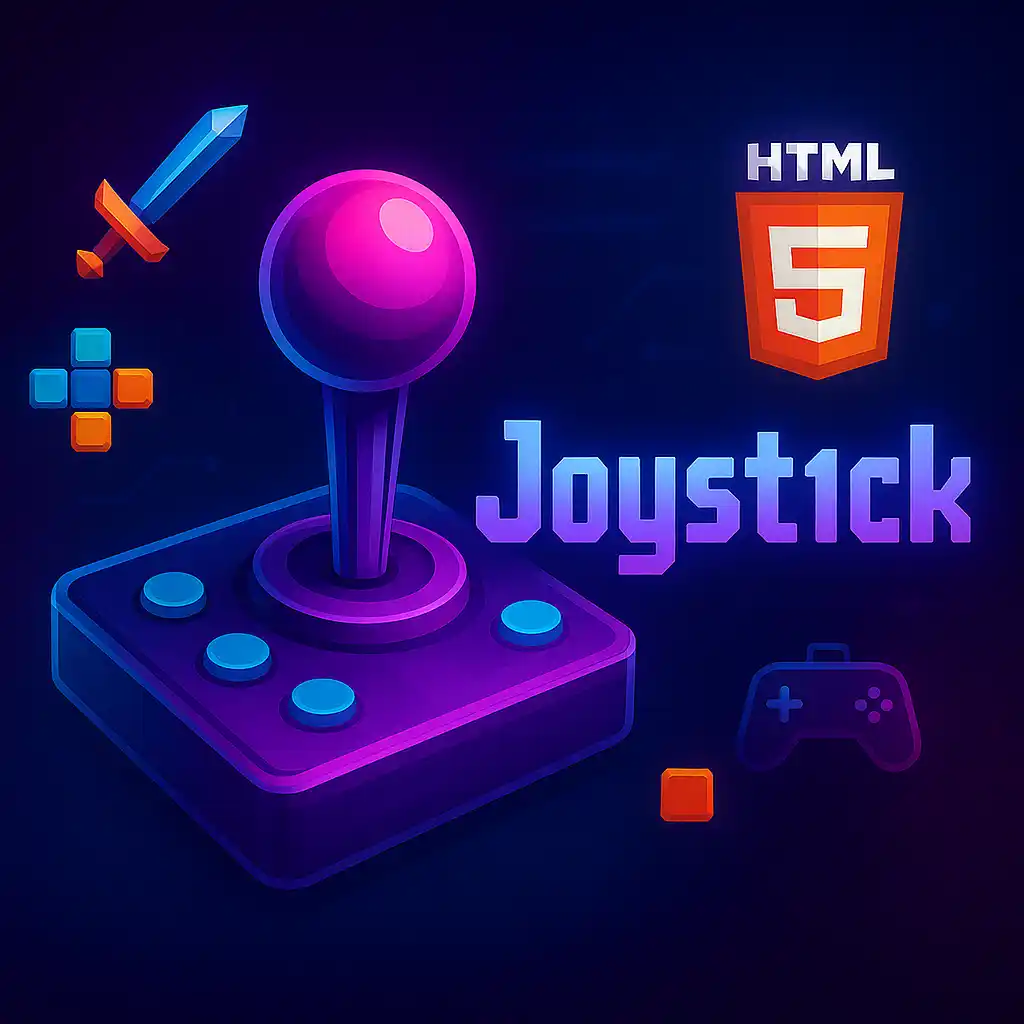Table of Contents
Key Components of Designing an MMO Game in Unity
1. Game Architecture
Building a scalable and robust game architecture is essential for MMOs. Consider a client-server model where the server handles game state and logic, while clients manage rendering and user input.
2. Networking
Unity provides several networking solutions, such as UNet, Photon, or the latest Unity Networking stack (Netcode for GameObjects). Choose a solution that supports scalability and performance.
Play free games on Playgama.com
- Latency: Implement predictive client-side calculations to mask latency.
- Packet Optimization: Use bit-streaming and compression techniques to minimize data transfer.
3. Database Management
Using a SQL or NoSQL database is crucial for user data management. Platforms like MySQL, MongoDB, or Firebase are popular choices.
- Data Integrity: Ensure atomic transactions to maintain data consistency.
- Scaling: Implement sharding or database replication for high availability.
4. Game Design Approaches
Utilize iterative and user-centered design approaches. Leverage player feedback to guide game feature enhancements.
5. Security
Implement robust authentication, such as OAuth or JWT, and encrypt data transfers using SSL/TLS to safeguard user data.
6. Social and Community Features
Facilitate community building through in-game chat, guilds/clans, and social media integrations to enhance the multiplayer experience.
